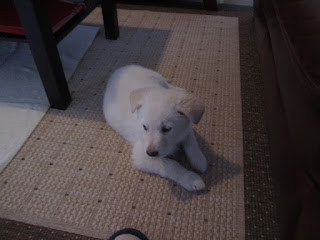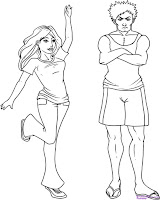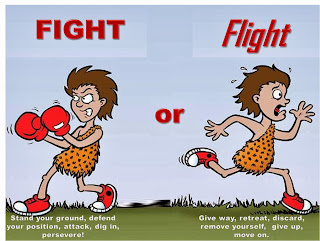Are you feeling overwhelmed with stress? If so, you’re not alone. Stress is an inescapable part of everyday life, and it can be difficult to manage. That’s why more and more people are turning to martial arts as a way to manage their stress levels. Martial arts can provide leaders with the tools they need to navigate a stressful environment and create positive results. Whether it’s a traditional martial art like karate, tae kwon do, wing chun, tai chi chuan, judo, or a modern mixed martial art, the discipline and focus required to master a martial art can be incredibly beneficial for you and even more for leaders.
The practice of martial arts starts with basics like stances, blocks, and strikes. The build up of structure, power and mobility is crucial for martial artists. From there, practitioners can move onto more complex techniques like joint locks, throws, and submissions. Every martial artist is different and the journey of learning martial arts is unique to each individual. Some may find that they’re more suited to one style of martial art than another, while others explore many different styles to find the one that suits their personality and goals best.
Regardless of the style of martial art that a leader chooses, there are a host of benefits to be gained from the practice. Martial arts can help leaders develop physical strength and agility, increase their mental focus, and develop a sense of calm and composure in the face of stress and uncertainty. Leaders learn improved posture and balance, as well as increased coordination and fluidity of movement, all of which can help with physical and mental wellbeing.
By mastering the techniques taught in martial arts, leaders can also develop their martial arts mindset, which is all about the importance of being present in the moment and staying in control of oneself and one’s emotions. This can help leaders become aware of their own reactions and how to maintain a healthy level of stress.
In addition to the physical and mental benefits, martial arts also encourage discipline, focus and respect. As leaders learn the techniques, they are also taught the importance of focus, perseverance, and respect for their opponents and themselves. All these qualities can be invaluable in the business world and can help leaders stay composed and confident when faced with a difficult situation.
Finally, martial arts can also help leaders develop a community of like-minded individuals who share the same goals and values. Whether it’s joining a local dojo, or attending tournaments and competitions, martial artists are connected by a shared passion and commitment to the martial arts lifestyle. This can offer leaders a sense of community and camaraderie that can help them stay motivated and on-track with their goals.
Overall, martial arts can offer many benefits to leaders
looking to better manage their stress and develop confidence. From developing
physical strength and agility, to honing mental focus and discipline, martial
arts provide an outlet for leaders to de-stress and gain the skills and knowledge
needed to tackle any challenge.























